Content
- 1 Incorrect installation of the bypass
- 2 Incorrect connection of pipes to the radiator
- 3 Reverse Connection
- 4 Pipe slope
On how the radiators in the house were connected, how much it will be warm in winter depends. The battery may heat very slightly or not heat at all if the wiring was not performed correctly.

Incorrect installation of the bypass
Bypass is a special jumper connecting two pipes through which water flows to the radiator. It serves for an alternative direction of fluid movement. From its installation depends on how much the radiator will heat.

It often happens that when you change the location of the radiator, the pipes leading to a new location are lengthened, and the jumper location remains the same. Often the bypass is installed very close to the riser, which leads to zero circulation in the battery sections. This is due to the fact that warm water runs directly through the jumper.

The absence of a double or triple tap in the system leads to more dire consequences. Due to the lack of adjustment in the heating system, direct circulation of water and completely unheated batteries remain. In this case, it is necessary to completely redo the installation and install a double or triple tap on the bypass tee. Another option would be to move the jumper closer to the radiator and further from the riser.

Incorrect connection of pipes to the radiator
If too long radiators are installed in the two-pipe system, then a problem may arise with the heating of the distant sections. It is formed under the condition that the pipes are connected to the battery from one side.

The problem is solved using the diagonal connection: the first pipe connects to the top right, and the second to the bottom left. Thus, water evenly flows into both parts of the radiator and warms up the room well.

Reverse Connection
It is the most common mistake when piping. The correct scheme should contain the following principles - the coolant is supplied to the upper inlet pipe, and heat is removed from the bottom. If you mix these elements, then the heating power of the radiators is reduced by half.

A similar error is typical when connecting on your own, as for any plumber these are the basics that cannot be broken.
Pipe slope
If the pipes are sloped incorrectly, removing air plugs from the system becomes difficult, which leads to a decrease in heating capacity. The hot water pipe must slope towards the expansion tank, while the return pipe must be directed to the boiler.


-
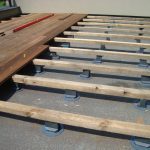 When an adjustable floor is more profitable than a capital screed
When an adjustable floor is more profitable than a capital screed
-
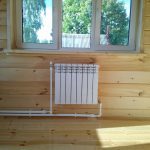 What mistakes are made when the radiator is connected diagonally?
What mistakes are made when the radiator is connected diagonally?
-
 What are the consequences of building a site without permission?
What are the consequences of building a site without permission?
-
 What errors lead to water hammer in the heating system and how to avoid them
What errors lead to water hammer in the heating system and how to avoid them
-
 Why does the grinder work, but the disk does not spin
Why does the grinder work, but the disk does not spin
-
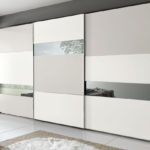 What could cause the cabinet door to bend
What could cause the cabinet door to bend
-
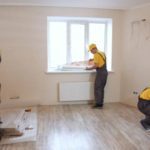 5 reasons to change the wizard without waiting for the repair to finish
5 reasons to change the wizard without waiting for the repair to finish
-
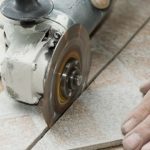 How to cut tiles without dust
How to cut tiles without dust
-
 How to cut a fiberboard with a flat edge with a regular grinder
How to cut a fiberboard with a flat edge with a regular grinder
-
 Why you should not put aluminum radiators on central heating
Why you should not put aluminum radiators on central heating
-
 Why you can not allow for flaws in the installation of roof nodes from corrugated board
Why you can not allow for flaws in the installation of roof nodes from corrugated board
-
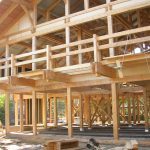 What boards can not be used for half-timbered
What boards can not be used for half-timbered
New publications are published daily on our channel in Yandex. Zen
Go to Yandex. Zen


